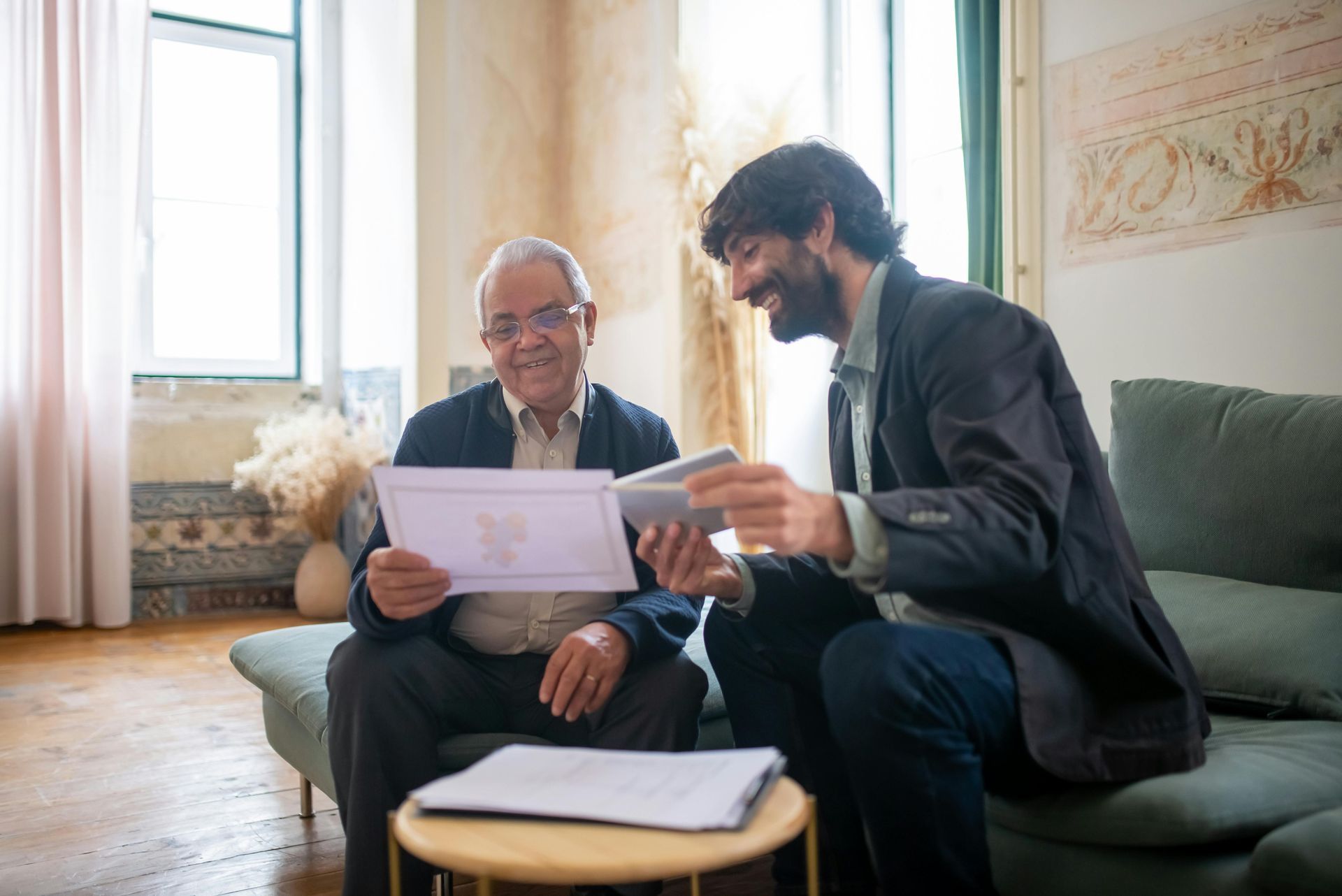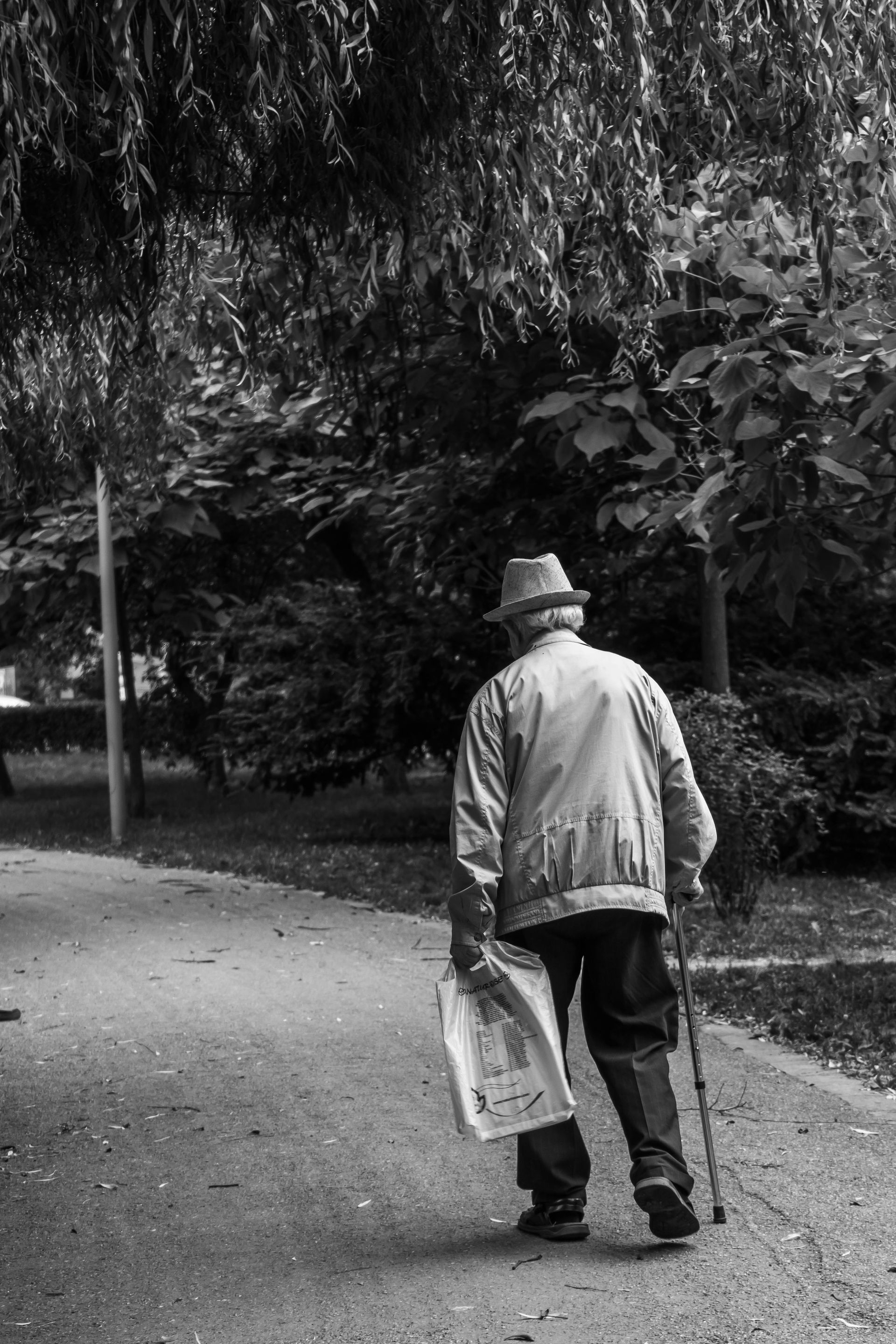The Culture Code: Why Some Communities Thrive While Others Survive (Part 2)

"We're a Montessori community," the brochure proclaimed in elegant font, accompanied by photos of engaged residents participating in purposeful activities. But at 7:30 PM on a Saturday evening, as I watched a group of residents staring blankly at a TV show nobody seemed interested in, I couldn't help but wonder: What happens to culture when nobody's watching?
In Part 1 of this series, I shared what I learned about supporting staff through their personal challenges during my month living in a memory care community. Today, I want to talk about something equally critical but far more difficult to measure: organizational culture and its profound impact on everything from resident care to risk management.
The Leadership Vacuum
Here's a startling reality I discovered: For 16 hours each weekday and all 48 weekend hours, there wasn't a single management team member in the building. That's 128 hours per week – 76% of total operating hours – when direct care staff were essentially running the community on their own.
This might sound like a story about staffing ratios or scheduling. It's not. It's about trust, empowerment, and the dangerous gap between what we say we are and what we actually do.
When Trust Goes Missing
On my eighteenth day, I witnessed a scene that haunts me. A care partner had an idea for helping a resident who was struggling with sundowning. Instead of trying her approach, she looked around nervously and whispered, "Better wait for leadership to tell us what to do. Last time I tried something new, I got written up."
The next morning, that same resident had a significant behavioral episode that might have been prevented.
According to a 2024 study by the Senior Living Quality Initiative, communities with high trust cultures show:
- 47% fewer behavioral incidents
- 62% higher family satisfaction scores
- 58% lower staff turnover
- 43% fewer reportable events
But trust isn't just a warm and fuzzy concept – it's a risk management imperative.
The Montessori Mirage
The community marketed itself as following Montessori principles for memory care. The website showed residents engaged in purposeful activities, making choices, and maintaining independence. The reality? Most evenings and weekends, I observed:
- TV as the primary activity
- Staff making choices for residents who could decide for themselves
- Missed opportunities for engagement and purpose
- Activities scheduled around staff convenience rather than resident preferences
This isn't about blaming staff. They were doing their best within a culture that hadn't equipped them to deliver on the community's promises.
The Petition That Changed Everything
On day 13, I discovered something that crystallized the depth of the cultural crisis: an online petition, signed by 45 staff members, calling for changes in leadership. The signatures represented nearly every department and shift.
Let that sink in. In an industry where finding and keeping good staff is already challenging, 45 people cared enough to risk their jobs by signing a petition. They weren't asking for higher wages or better benefits. They were asking for leadership they could trust.
Command and Control in a Care Environment
I observed numerous instances where the leadership style could best be described as "command and control":
- Staff meetings where nobody spoke up
- Innovations stifled by rigid adherence to "the way we've always done it"
- Fear of reprisal for raising concerns
- Decisions made without input from front-line staff
One particularly telling moment came during a staff coaching session. A RA was being reprimanded for taking too long with resident care. When asked why she needed extra time, she began to explain a technique she'd developed that kept a particular resident calmer during morning care. She was cut off mid-sentence and told to "stick to the schedule."
The Real Cost of Poor Culture
The financial impacts of a broken culture are well-documented:
- 35% higher liability insurance premiums
- 48% increase in worker's compensation claims
- 53% higher agency staffing costs
- 67% more lost revenue from empty beds
But the human cost is even higher:
- Residents receiving less than optimal care
- Families losing trust in the community
- Staff feeling demoralized and disengaged
- Increased risk of adverse events
- Lost opportunities for joy and purpose
Building a Better Culture: Three Essential Steps
Based on my observations and two decades of experience in senior living, here's what needs to change:
1. Align Actions with Words
- If you claim to be a Montessori community, invest in proper training
- Ensure practices match marketing promises
- Make culture visible in every shift, not just during business hours
2. Rebuild Trust Through Transparency
- Share community metrics openly with all staff
- Create safe channels for feedback
- Acknowledge mistakes and show how you're learning from them
- Include front-line staff in decision-making
3. Empower and Support
- Provide training that builds confidence
- Create clear guidelines for innovation within safety parameters
- Celebrate staff who find better ways to care for residents
- Ensure leadership presence and support across all shifts
A Moment of Truth
On my final weekend, I watched a night shift care partner handle a difficult situation with a resident experiencing severe anxiety. Her approach was creative, gentle, and effective. When I complimented her, she said something that encapsulated everything wrong with the culture: "Please don't mention this to anyone. I'm not sure if we're allowed to do it this way."
When our best caregivers are afraid to be caught providing excellent care because it might not follow the prescribed protocol, we have failed as leaders.
Looking Forward
Culture isn't created by mission statements or marketing materials. It's built in the small moments, the daily decisions, the way we respond to challenges. Most importantly, it's reflected in what happens when nobody from leadership is watching.
In the final part of this series, I'll share what I learned about our memory care residents themselves – their stories, their dignity, and the profound lessons they taught me about what really matters in life.
But for now, I challenge every senior living operator to ask themselves: If you lived in your community during the evening shift or on weekends, would you be proud of the culture you discovered? Would it match what you tell families during tours? Would it inspire or dishearten you?
Because I can tell you from experience – the answer to those questions matters more than any policy, procedure, or program you might implement.
---
*Scott Reese is the CEO of Echo Assurance and has spent over two decades working with senior living communities. This article is Part 2 of a 3-part series about his month-long immersion in a memory care facility. Read Part 1: "What I Learned About Life, Loss, and Leadership" . Stay tuned for Part 3: "The Stories They Carry: Lessons from Our Memory Care Residents."*











